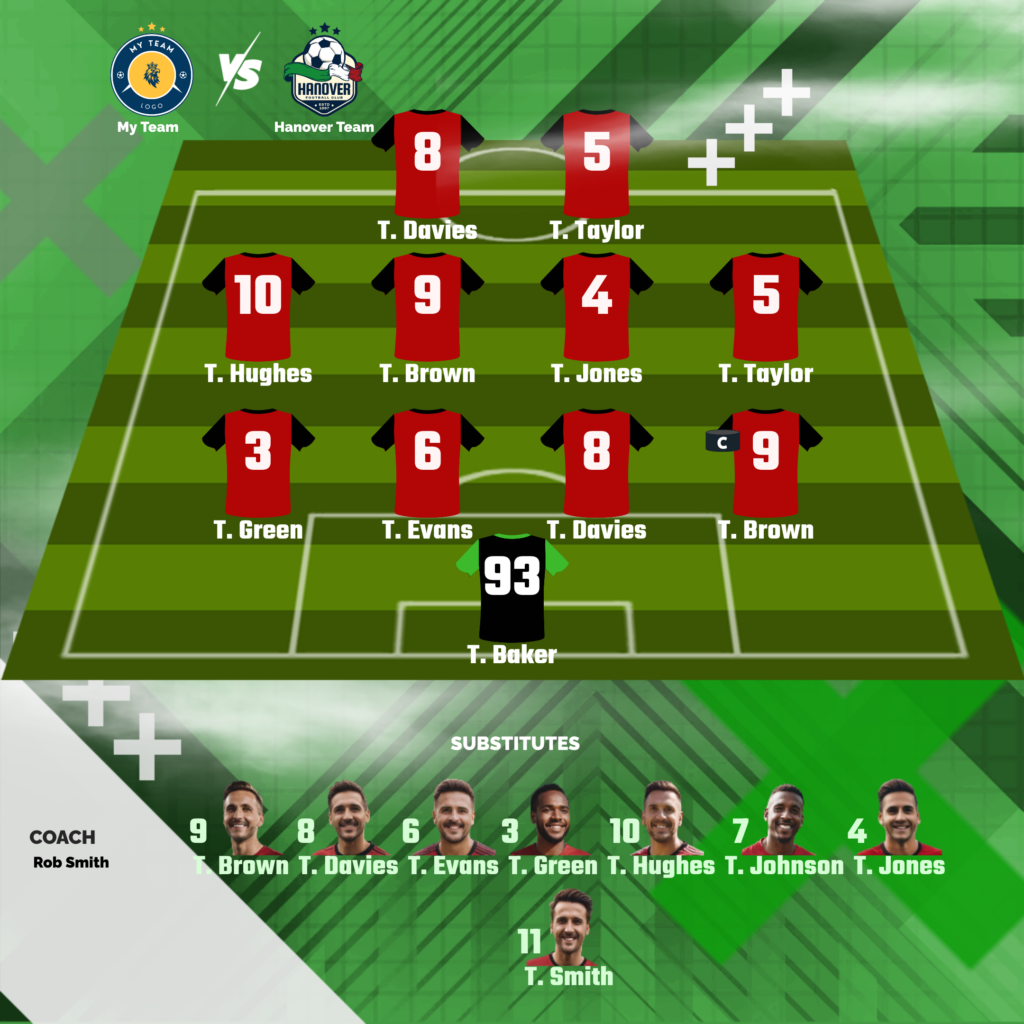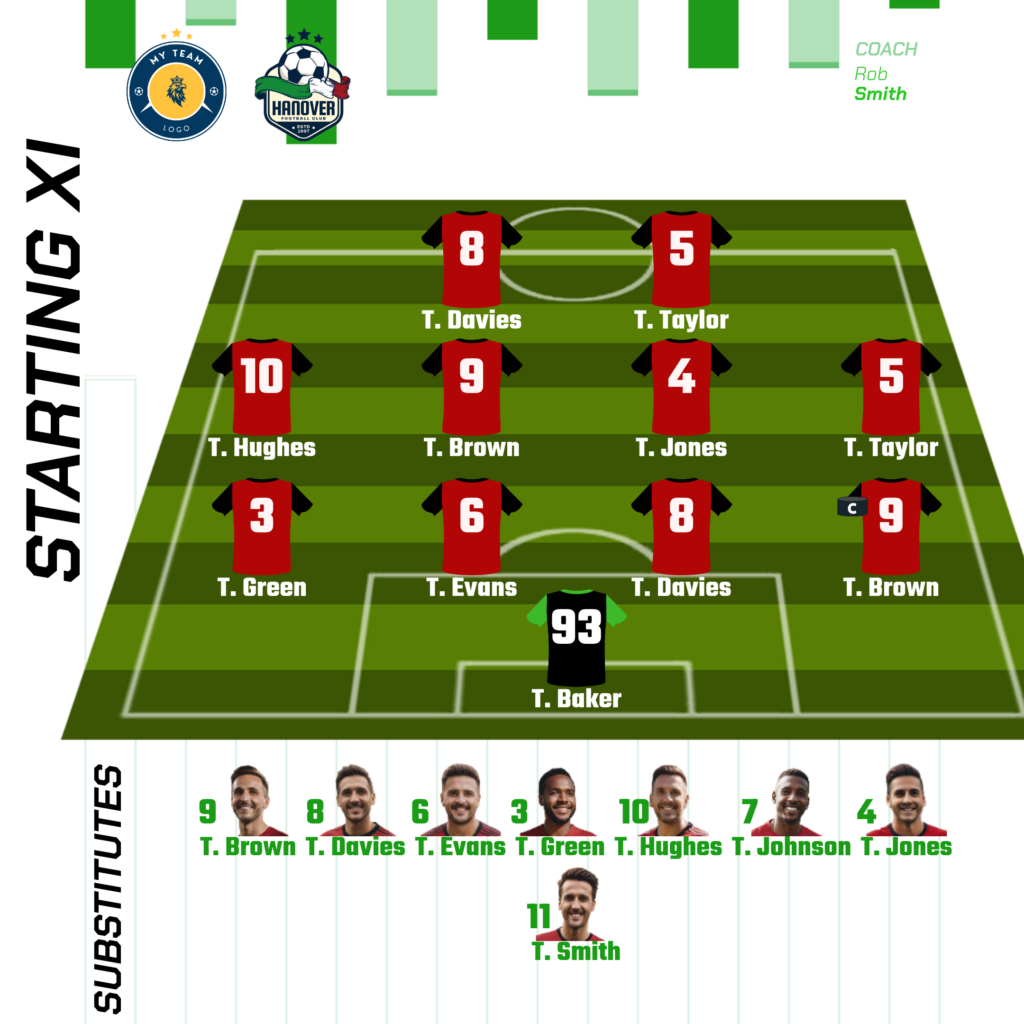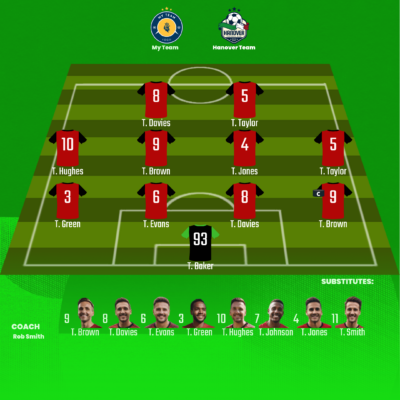The 4-4-2 formation is one of the most iconic and widely used setups in football history. Known for its balance and simplicity, it has been a go-to choice for managers across all levels of the game, from amateur leagues to professional competitions. But what makes the 4-4-2 formation so enduring, and what are its strengths and weaknesses? This article delves into the mechanics of the 4-4-2, exploring its tactical advantages and the challenges it presents in the modern era of football.
What is the 4-4-2 Formation?

The 4-4-2 formation consists of four defenders, four midfielders, and two strikers. It is typically represented as two banks of four players, providing a solid defensive shape and a balanced attack. Here’s a breakdown of its structure:
- Defensive Line (4): Two central defenders and two full-backs provide stability at the back. The full-backs also support attacks down the flanks.
- Midfield Line (4): Two central midfielders control the center of the pitch, while two wide midfielders provide width and deliver crosses.
- Forward Line (2): Two strikers operate upfront, working together to create and finish scoring opportunities.
This formation is adaptable and can be used for both defensive and attacking strategies, making it a favorite among coaches.
Strengths of the 4-4-2 Football Formation
1. Balance Between Defense and Attack
The 4-4-2 formation’s biggest strength lies in its balance. The two banks of four provide a strong defensive structure, while the two strikers ensure a constant attacking threat. This equilibrium allows teams to transition smoothly between defense and attack.
2. Simplicity and Versatility
The 4-4-2 is easy to understand and implement, making it ideal for teams at all levels. Players know their roles within the system, and it provides a clear structure for both defense and attack.
3. Wide Play
With two wide midfielders, the 4-4-2 formation naturally emphasizes wing play. Teams can stretch the opposition defense by delivering crosses into the box, creating chances for the strikers.
4. Effective for Counterattacks
The two strikers in the 4-4-2 formation allow for quick counterattacks. By staying high up the pitch, they can exploit spaces left by an opponent’s defense during transitions.
5. Defensive Solidity
When defending, the two banks of four create a compact shape that is difficult to break down. The midfielders drop back to support the defense, forming a disciplined structure that forces opponents to play around or over it.
Weaknesses of the 4-4-2 Football Formation

1. Vulnerability in Midfield
One of the main criticisms of the 4-4-2 formation is its lack of midfield presence. Against formations like the 4-3-3 or 4-2-3-1, which feature three or more central midfielders, the 4-4-2 can be outnumbered in the middle of the pitch, leading to loss of possession and control.
2. Dependence on Wide Players
The wide midfielders in a 4-4-2 are critical to the formation’s success. If they fail to track back or provide effective crosses, the team can become disjointed and lose its shape.
3. Limited Flexibility in Modern Football
As football has evolved, formations like the 4-3-3 and 3-5-2 have gained popularity due to their tactical flexibility. The rigid structure of the 4-4-2 can make it predictable and easier for opponents to exploit.
4. High Physical Demands
The 4-4-2 requires midfielders to cover large areas of the pitch, supporting both defense and attack. This can lead to fatigue, especially against teams that dominate possession.
When to Use the 4-4-2 Formation
The 4-4-2 is most effective in the following scenarios:
- Teams with Strong Wide Players: If your team has skilled wingers who can deliver accurate crosses, the 4-4-2 can maximize their strengths.
- Counterattacking Strategies: For teams looking to exploit spaces on the break, the two strikers in the 4-4-2 are ideal.
- Compact Defensive Play: When facing strong attacking teams, the 4-4-2 provides a solid defensive shape to absorb pressure.
How to Build a 4-4-2 Lineup
Creating a successful 4-4-2 lineup requires careful planning and player selection. Here are some tips:
- Choose Versatile Midfielders: Central midfielders need to balance defensive duties with playmaking.
- Focus on Wingers: Wide players should be capable of delivering crosses and tracking back defensively.
- Pick Complementary Strikers: Use a combination of a target man and a pacey forward to exploit different defensive weaknesses.
- Organize the Defense: Ensure that the back four maintains a disciplined line, with full-backs supporting wide players when necessary.
For a visual representation of the 4-4-2, try using a tool like lineupbuilder.io to create and optimize your formation.
Conclusion
The 4-4-2 formation remains a timeless strategy in football, celebrated for its balance, simplicity, and effectiveness. While modern tactics have introduced new challenges, the 4-4-2 still holds its place as a reliable option for teams looking to blend defensive solidity with attacking intent.
Whether you’re a coach planning your next lineup or a fan eager to understand the game’s nuances, the 4-4-2 formation offers a fascinating glimpse into the tactical side of football. Want to see how it works for your team? Start building your own 4-4-2 lineup today with lineupbuilder.io and take your strategy to the next level!

Pingback: Defensive Football Lineup and Formations - Lineup Builder